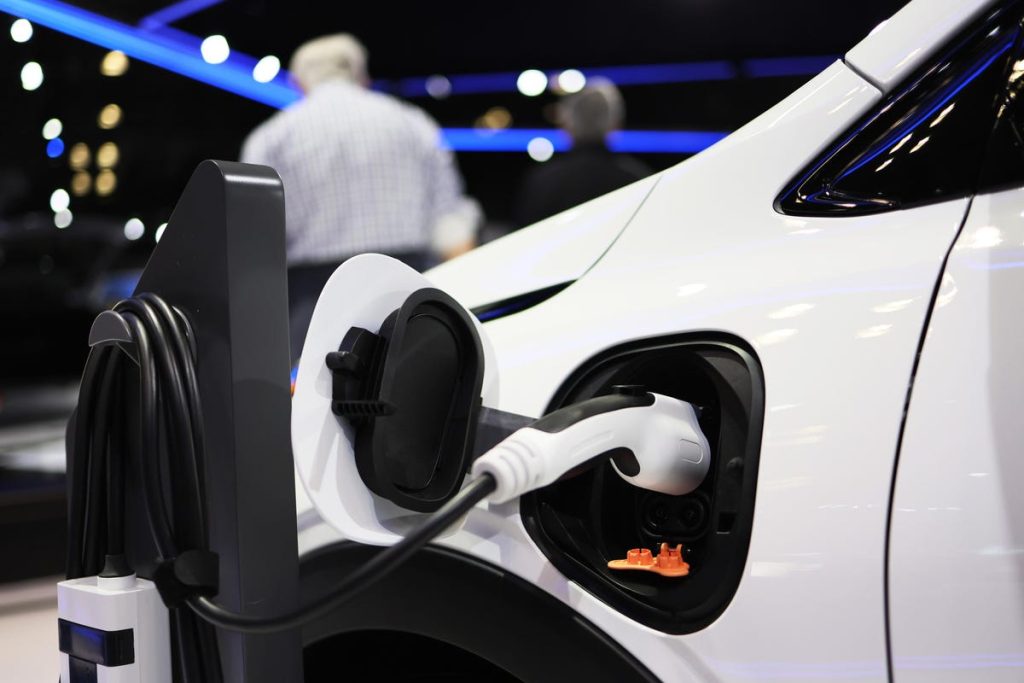Although there are now dozens of electric vehicles (EVs) on the U.S. market, only a handful qualify for $7,500 tax breaks from the IRS.
In an effort to boost American-made products, the Biden Administration insisted that the tax credits go to buyers of vehicles mostly made in the U.S. Some vehicles only qualify for a portion of the credit if major parts were sourced overseas.
I’m not going to argue the politics of that decision, so here’s the short list of qualifying vehicles when you go shopping:
- Cadillac Lyriq
- Chevrolet Blazer
- Chevrolet Bolt & Bolt EUV
- Chevrolet Equinox
- Chevrolet Silverado
- Ford F-150 Lightning (both standard and extended range battery)
- Tesla
TSLA
Model 3 - Tesla Model Y (both all-wheel and long range drives)
How to Claim the Credit
This is where the paperwork gets complicated. Not everyone can claim the credit. These are the claiming rules, according to the U.S. Department of Energy (DOE):
To qualify, you must:
- Buy it for your own use, not for resale
- Use it primarily in the U.S.
In addition, your modified adjusted gross income (AGI) may not exceed:
- $300,000 for married couples filing jointly
- $225,000 for heads of households
- $150,000 for all other filers
Wait, there’s more:
More vehicles may be added to the tax credit list later this year, but complex rules will apply to sourcing of components.
“The availability of the credit will depend on several factors,” the DOE adds, “including the vehicle’s suggested retail price, its final assembly location, battery component and/or critical minerals sourcing, and your modified adjusted gross income (AGI).” So do your homework before you hit the car lot.
Read the full article here




